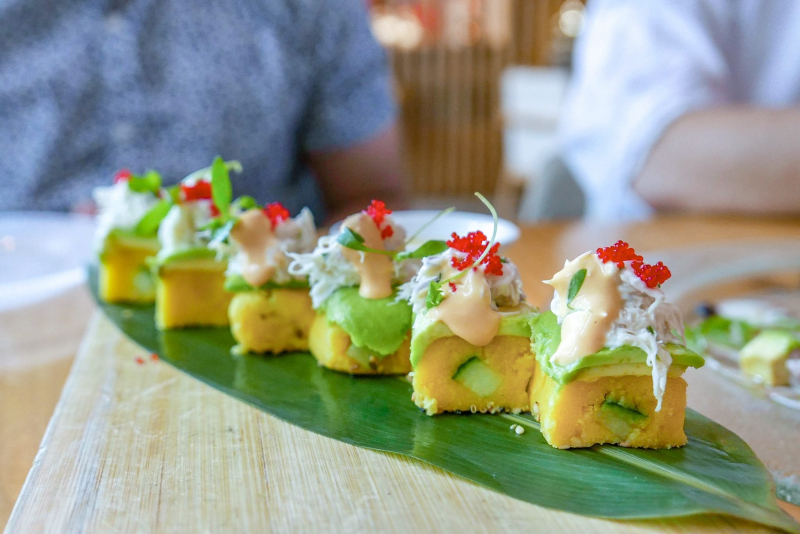Causa

Causa is the next dish in the top 10 best Peruvian street foods. The history of the Causa dish in Peru is a fascinating journey that reflects the confluence of indigenous and foreign culinary influences. This iconic Peruvian dish is a delicious testament to the country's diverse cultural heritage and innovative approach to gastronomy. Causa's origins can be traced back to the pre-Columbian era, when the Inca civilization thrived in the Andean region of Peru. At that time, they cultivated and consumed potatoes, which were native to the Andes.
The Incas used potatoes to create a dish known as "papas amarillas," a simple yet hearty preparation. The Spanish colonization in the 16th century introduced new ingredients to Peru, including key elements of the modern Causa, such as lime, onions, and aji amarillo (a type of yellow chili pepper). The fusion of these Old World and New World ingredients began to shape the culinary landscape.
Causa, as it's known today, began to take form in the 19th and early 20th centuries. The dish evolved with the incorporation of elements like hard-boiled eggs, olives, and mayonnaise. Causa continued to evolve and refine its preparation, becoming a staple dish in Peruvian cuisine.
Today, Causa remains a beloved and versatile dish, cherished for its vibrant colors, bold flavors, and unique texture. It is often found on the streets of Peru, served in individual portions or as part of larger platters alongside seafood, chicken, or vegetables. Its history showcases the adaptability of Peruvian cuisine and its ability to incorporate diverse influences into a culinary masterpiece that honors tradition while embracing modern flavors and techniques.










